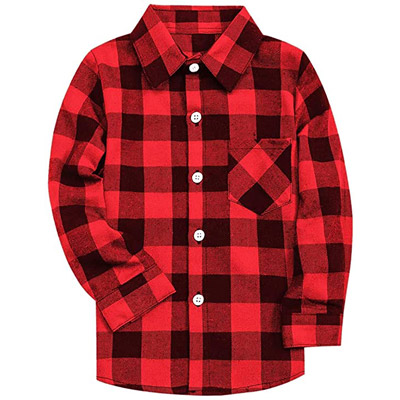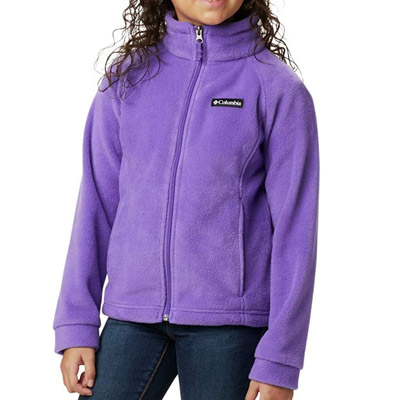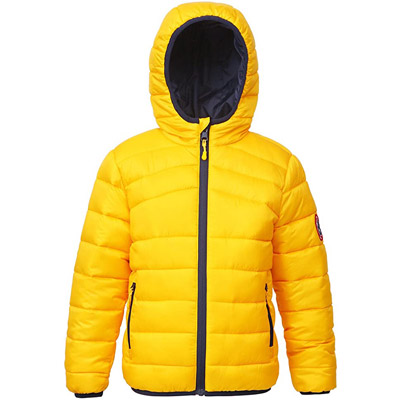Kids' Warm Clothing for Winter
Extreme Cold Weather Clothes for boys and girls, infants, toddlers and juniors
![]() This is the US page |
Go to UK
page
This is the US page |
Go to UK
page
![]()

Surface area and volume - insulating your little penguin. Kids are proportionally smaller versions of adults, this means that they have relatively more surface area for their volume than an adult does and so they cool down faster in cold conditions and warm up faster in hot conditions being less able than an adult to control their body temperature naturally. So relative to an adult, a child will need somewhat more clothing for the same cold conditions in the way that a penguin chick needs more insulation than its parent.
|
The Outer or Shell Layer - Direct protection from the weather, this layer should be windproof and may be waterproof. It could be simply a "shell" with no additional insulation or it may have insulation built in. Jackets should always have hoods.
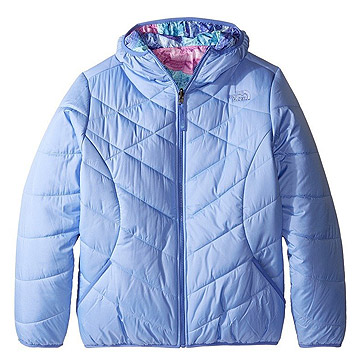 The North Face Perrito Jacket Infant | Smaller kids | Boys | Girls Synthetic insulation, water resistant, reversible, plain / print.
Girls winter coats | Boys winter coats
You may be tempted to get a cute child-version of an adult coat, a "looking at coat", often made of wool and with a tailored shape. While this might be perfect for Sunday Best or special occasions, they really aren't very effective at keeping the winter out, not being wind or waterproof, often with button fronts, loose sleeves and no draw-cords or elastic. |
|
Protecting the Extremities
- Head, Fingers and Toes (not forgetting ankles, wrists
and neck) Little fingers, toes and ears can get very cold very quickly, they act like small radiators, they can also lead to a loss of heat from the rest of the body. They also have a disproportionate influence in how comfortable you feel, including how long kids can play out in the snow or how long you get to stick to your plans without having to change them to warm up chilly children. So don't ignore the extremities! Boots
Proper winter boots have built in insulation, in the upper and especially in the thick sole which prevents a loss of heat to the ground, this becomes a very significant issue in the colder months in contrast to being something you don't notice at all the rest of the year. Boots for the very coldest weather have soft insulated uppers, thick outer soles and thick insoles to prevent heat loss. Being insulated makes them large, there is no way around this to get effectively warm boots, it can make you somewhat clumsy, particularly on uneven ground. Boys snow boots | Girls snow boots | Boys rain boots | Girls rain boots  Northside Frosty - Snow Boot boys / girls, sizes for age 1-12  Kamik Snobuster2 - Snow Boot boys / girls, sizes for age 1-12  Kamik Rocket - Cold Weather Boot boys / girls, sizes for age 1-12  Nova Mountain - Winter Snow Boots boy's / girl's, toddler to little kid sizes
Socks 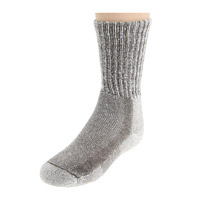 A
thin pair of inner socks for comfort with thicker high
wool content outer socks works well with winter boots.
Wool is the best material for outer socks as it is an
excellent insulator and less prone to making the feet
sweat than synthetic materials. If dampness through
sweating does occur, wool still maintains its insulating
properties. 100% wool might sound best but a small amount
of a synthetic material such as nylon gives much better
wear while something stretchy such as elastane gives
a snug fit, helps keep them up and prevents them becoming
misshapen. A
thin pair of inner socks for comfort with thicker high
wool content outer socks works well with winter boots.
Wool is the best material for outer socks as it is an
excellent insulator and less prone to making the feet
sweat than synthetic materials. If dampness through
sweating does occur, wool still maintains its insulating
properties. 100% wool might sound best but a small amount
of a synthetic material such as nylon gives much better
wear while something stretchy such as elastane gives
a snug fit, helps keep them up and prevents them becoming
misshapen.Don't be tempted to put too many socks on. This can make the boots tight, squashing out the air which provides the insulation. Kids merino hiking socks | Kids Darn Tough socks Gloves and Mittens 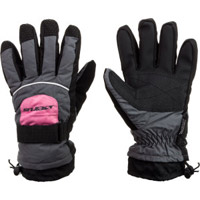 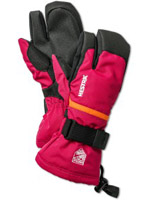 Mittens
are more effective than gloves for keeping hands warm.
For little ones they also have the enormous
advantage of being much easier to get on than the detailed
problem that getting ten little fingers each into its
own small compartment can pose. Mittens
are more effective than gloves for keeping hands warm.
For little ones they also have the enormous
advantage of being much easier to get on than the detailed
problem that getting ten little fingers each into its
own small compartment can pose.Older children will be able to get gloves on themselves, though the mittens-are-warmer truism still applies. There's not a lot you can do in terms of manual dexterity with mittens on, but if there's not much to do and keeping the hands warm is the most important thing, they are the obvious solution. In extremely cold conditions a pair of thin gloves with mittens over the top work very effectively. Long wrists are always useful whether they are elasticated to go under a loose sleeve or loose to go over a tighter fitting sleeve as they prevent heat loss from an exposed wrist which can be significant and uncomfortable, especially if snow gets down there. Ski gloves are good if not the cheapest solution, they are both warm and water resistant which is great in snowy conditions. Kids' gloves | Kids' mittens  KastKing Kids Mittens Waterproof, sizes 18 months - 8 years Hats
"When your feet are cold, cover your head"-
Inuit saying
There's an almost endless variety of hats so you should be able to find one that your child likes and wants to wear. While hoods are good at keeping the weather out, they restrict movement that you still retain with a hat, I always made sure my children had both. Try to avoid those with bobbles, animal ears or similar sticky-out bits. Plain hats such as beanies allow you to easily pull a hood over them for extra warmth when needed, those extra "cool" additions will make the hood less effective as the hood is kept away from the hat. Dangly bits at the side might look cute, but when the wind starts to whip them constantly against chilly cheeks, you'll really wish you'd gone for the plainer version. I appreciate however that you may have an uphill struggle to implement the sensible over the cool solution here - good luck! Make sure hats cover the ears too or have ear-flaps that can be folded down when needed. Balaclavas can be very effective, they can be rolled up as a standard hat or unrolled to provide extra warmth, especially useful in conjunction with a hood attached to the shell layer. In-between Bits
These are the wrists, ankles and neck which can become cold and uncomfortable. Heat will be lost from these areas if not insulated as blood moves between other better insulated areas. Wrists and ankles are dealt with boots and gloves or mittens above which leaves the neck.
|
Base, Core (Foundation) Layer
- provides insulation while wicking sweat away
from the skin to the outer layers. It should
be close fitting to perform well.  Underwear,
a soft layer next to the skin that provides warmth as
well as comfort. It should be close fitting
to help keep the heat in and also to make it easier
to pull additional layers over the top. Underwear,
a soft layer next to the skin that provides warmth as
well as comfort. It should be close fitting
to help keep the heat in and also to make it easier
to pull additional layers over the top.If cold weather doesn't happen very often where you are, this is an affordable way of dealing with it. This layer can also see further service as winter pajamas, whereas that heavy winter coat might just get grown out of before it's needed again after that week-long cold snap. A versatile layer to stay toasty outdoors or use
as an outer layer indoors.
|
Mid Insulation Layer/s
- flexibility is important for changing conditions
and ventilation during play, with the ability to close
everything up when it gets properly cold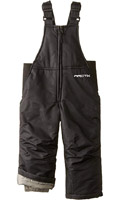 One
or more lightweight layer of clothing added or removed
appropriately for the weather, temperature and level
of activity works better than one thick heavy layer.
This is the most versatile and variable layer which
can go on as an outer layer in milder conditions or
act as a mid layer with extras over the top. One
or more lightweight layer of clothing added or removed
appropriately for the weather, temperature and level
of activity works better than one thick heavy layer.
This is the most versatile and variable layer which
can go on as an outer layer in milder conditions or
act as a mid layer with extras over the top.When layers are added together, warm air gets trapped between as well as within the layers making the whole greater than the sum of the parts. Zips, collars, draw cords and closeable cuffs increase versatility and allow for ventilation during activity or for all openings to be pulled closed in cold conditions or while at rest. The insulating layer can be combined with outer layer for wind and water resistant or can be separate. Soft materials can't really be used as the only outer layer in the worst conditions despite the new coatings and finishes, they just aren't wind or water-proof enough on their own. Lower body insulation.
Thick warm pants of a heavyweight natural material
or synthetic material such as polyester. Avoid denim,
it isn't friendly when it's cold and is very
unpleasant when damp. |

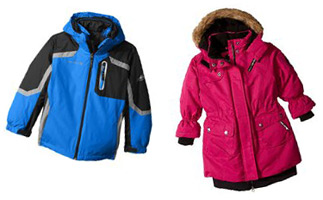
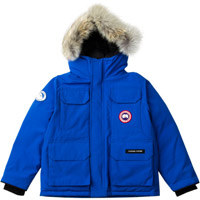
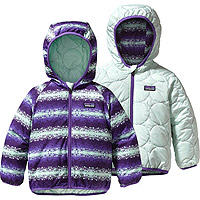
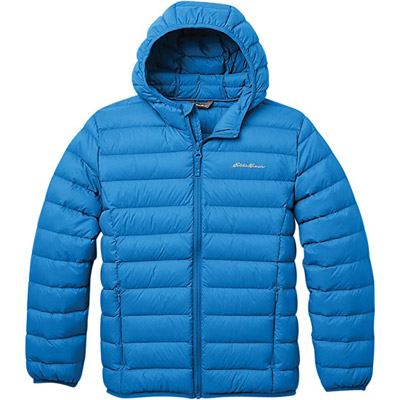
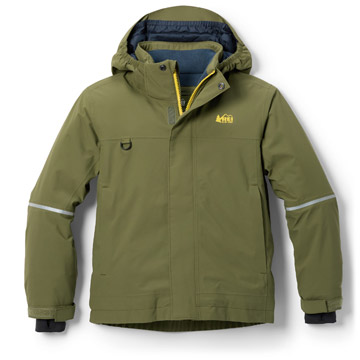

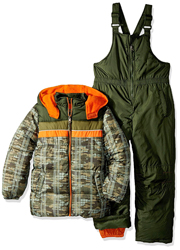
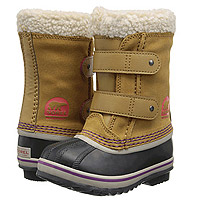

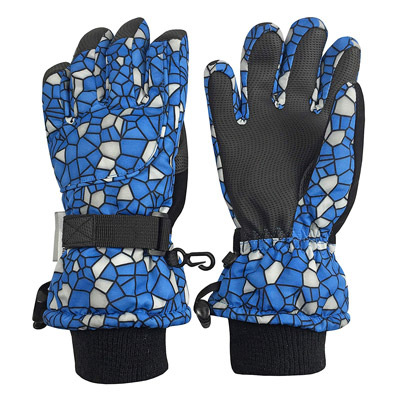
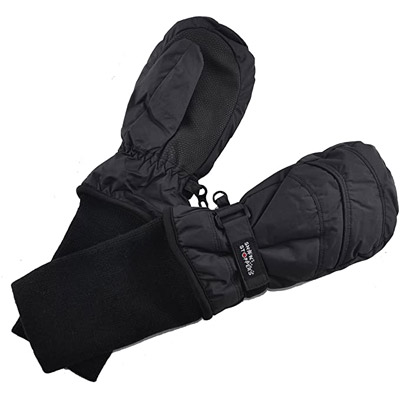
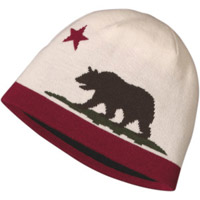



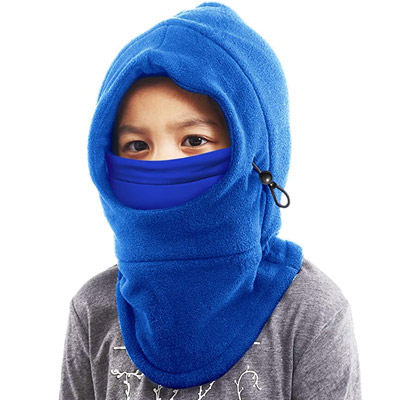


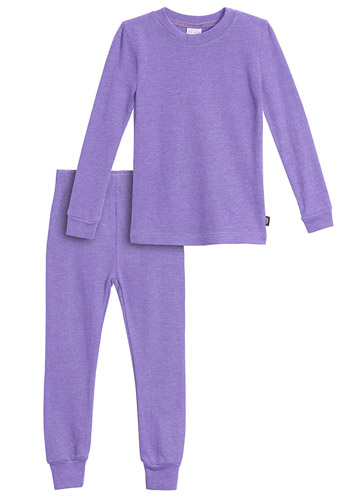
 Boy's
LAPASA Thermal Long John Set Top and Bottom
Boy's
LAPASA Thermal Long John Set Top and Bottom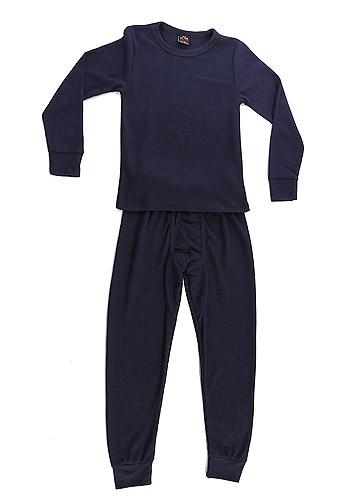 Boys
- Waffle Knit Thermal Underwear 2-Piece Set
Boys
- Waffle Knit Thermal Underwear 2-Piece Set
